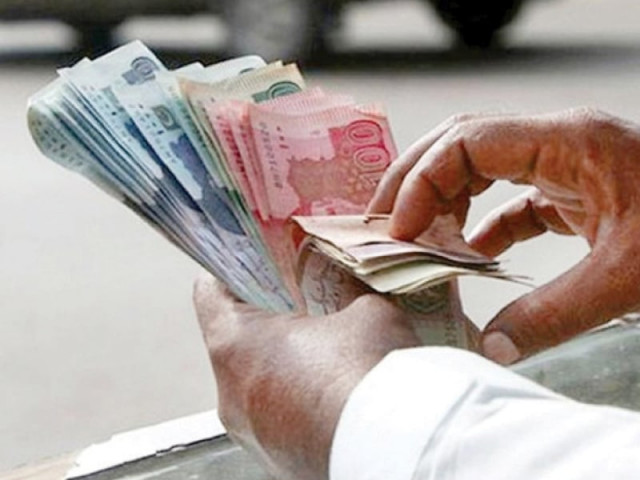
The government has squeezed payments to provinces made on account of their share in federal taxes, as it transferred just 18% of the annual commitments under the National Finance Commission (NFC) Award during the first quarter of the current fiscal year.
The cut came at a time when the Sindh government is already expressing dissatisfaction about receiving less than the committed funds under the five-year seventh NFC Award, which will lapse by June next year.
From July to September of the ongoing fiscal year, the centre transferred Rs311.4 billion, or 18%, of the annual commitments made under the NFC Award to the four provinces, according to a quarterly bulletin of the Ministry of Finance.

Ideally, the ratio should have been 23%, meaning that there was a gap of about Rs90 billion between the projections and the actual transfers due to various reasons. The transfers were also less than the amount of Rs322.7 billion, which was given during the first quarter of the previous fiscal year. Due to an increase in the size of the divisible pool, the transfers should have been far higher than the comparative period previous year.
The provinces heavily rely on federal transfers to run their affairs, as they account for roughly 90% of their revenues. Amount disbursed less than the committed receipts create financial troubles for the federating units.

For the current fiscal year 2014-15, the government expects to disburse Rs1.720 trillion to the provinces as per their share on account of federal divisible pool and straight transfers. On account of federal divisible pool, the provinces get 57.5% of the Federal Board of Revenue (FBR) collection while another 10% of the federal collection goes on account of various outstanding payments and straight transfers.
In the first quarter, the FBR collected Rs538 billion in taxes, of which Rs311.4 billion or 58% was transferred to the provinces. This ratio was 65% in the first quarter of the previous fiscal year.
Province-wise breakdown
In the first quarter, Punjab received Rs145.4 billion or 18% of its share of Rs812.8 billion for the current fiscal. The amount was roughly Rs9 billion higher than the comparative period. Sindh got Rs79 billion or 17% of its share of Rs464.7 billion. Sindh got Rs14 billion less than what it received in the first quarter of the previous fiscal year.
According to Sindh government’s estimates, the federal government was supposed to pay Rs110 billion in the first quarter of the current fiscal year. In July this year, the provincial government had written a letter to the federal government, seeking outstanding dues of about Rs38 billion on account of previous fiscal year’s commitments.
Khyber-Pakhtunkhwa (K-P) received Rs52.4 billion or 18.5% of its annual share of Rs283.7 billion. The transfers were slightly higher than the previous quarter’s receipts. Balochistan got Rs34.6 billion or 21.6% of its annual share of Rs159.8 billion.
Budgets of the four provinces remained in surplus due to delay in disbursement of their respective shares until the deadline. This resulted in accumulative savings of Rs58 billion by all the four provinces in the three-month period, helping the federal government to borrow less from banks to finance its current expenditures.
The Punjab government showed a surplus of Rs32.7 billion, Sindh (Rs9.8 billion), K-P (Rs3.7 billion) and Balochistan (Rs11.7 billion).
An anticipated shortfall of roughly Rs150 billion to Rs200 billion against Rs2.810 trillion annual tax target is expected to slash the provincial shares proportionately.
Published in The Express Tribune, November 23rd, 2014.
Like Business on Facebook, follow @TribuneBiz on Twitter to stay informed and join in the conversation.

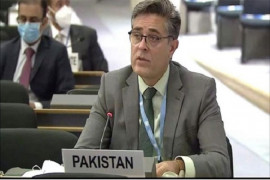

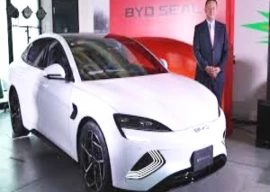


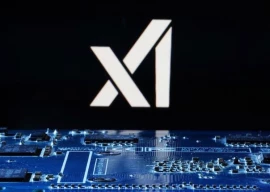



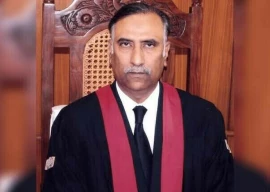



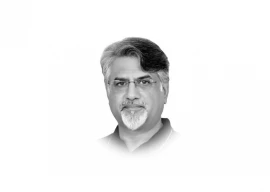





COMMENTS
Comments are moderated and generally will be posted if they are on-topic and not abusive.
For more information, please see our Comments FAQ